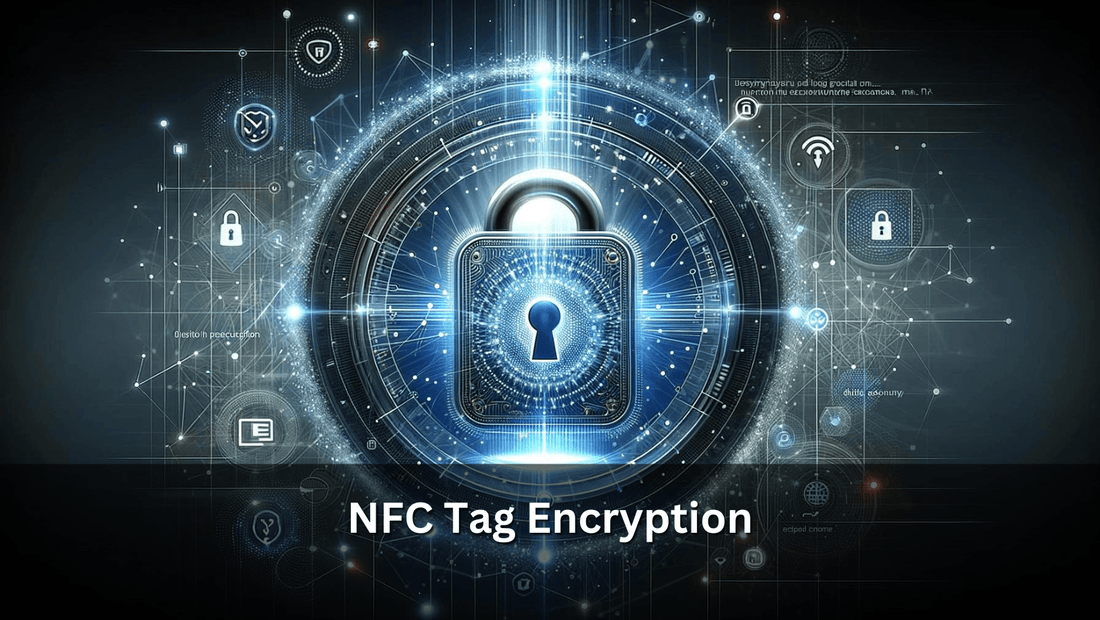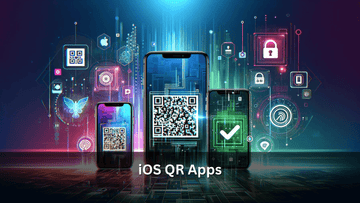NFC Tag Encryption

Unlocking the Basics of NFC Authentication
Near Field Communication (NFC) authentication serves as a gateway to secure interactions in the digital realm, establishing a foundation for trust between devices in close proximity. At its core, NFC authentication is about validating the identity of tags and devices, ensuring that the entities communicating are precisely who they claim to be. This process leverages encrypted data exchange, utilizing short-range wireless technology to facilitate a handshake between two NFC-enabled devices or a device and a tag. The beauty of NFC lies in its simplicity and speed, enabling instant authentication with a mere tap or wave. As the digital and physical worlds become increasingly intertwined, NFC authentication emerges as a critical player in securing transactions, access control, and personalized interactions. Its adoption spans various sectors, from mobile payments to smart home setups, highlighting its role as a versatile and indispensable tool in our connected world.
Authentication vs. Identification
In the realm of digital security, authentication and identification, while often used interchangeably, hold distinct meanings. Identification is the initial step in recognizing and labeling an entity, whether it's a user, device, or system, typically through a username or ID number. It's akin to stating your name at a checkpoint; it tells who you claim to be. Authentication, on the other hand, is the verification process that follows, proving that the entity is indeed what or who it claims to be. This could involve passwords, biometrics, or NFC tags. Authentication is like providing a fingerprint to validate the identity claimed during identification, ensuring that access is granted only to the rightful entities.
How Do NFC Authentication Tags Work?
NFC authentication tags utilize Near Field Communication technology to establish a secure connection between a tag and a reader device. Each tag contains a microchip that holds encrypted data, serving as a unique identifier or digital fingerprint for the tag. This encrypted data exchange is crucial for the authentication process. When an NFC-enabled device comes into close contact with the tag, it energizes the tag, allowing for data transmission. The device then deciphers the encrypted information using a pre-shared key. If the information is validated, the tag's authenticity is confirmed, enabling secure transactions and verifications across various uses, from access control to mobile payments.
This robust authentication process is further exemplified in practical applications to combat counterfeiting. By embedding NFC tags in products, manufacturers can offer a seamless method for verifying authenticity, significantly benefiting industries prone to counterfeit issues. This technology not only reinforces the security of transactions but also enhances consumer confidence in product authenticity.
For a comprehensive understanding of NFC's role in anti-counterfeiting measures and its broader applications, STMicroelectronics provides detailed insights into how NFC technology can be leveraged to secure products and engage consumers.

The Evolution of Authentication Tags
Old School vs. New School Authentication Tags
The journey from traditional authentication tags to the cutting-edge NFC technology marks a significant evolution in security and operational efficiency. Initially, authentication relied heavily on magnetic stripes or barcodes, which, while revolutionary at the time, offered limited security and were susceptible to wear, tear, and cloning. Enter NFC tags—small, durable, and with a much higher capacity for data storage and encryption. These modern marvels utilize close-range wireless communication to facilitate a more secure, two-way interaction. This shift not only enhances security through sophisticated encryption algorithms but also streamlines user experiences, allowing for quicker, more reliable authentication processes.
Who Is Making These Chips and Tags?
The NFC chip and tag market is a dynamic and evolving landscape, characterized by the innovative efforts of both established tech giants and emerging startups. Leading companies such as NXP Semiconductors, Sony, and Samsung have played crucial roles in the development of NFC technology, driving forward the capabilities and applications of NFC tags. These advancements have not only enhanced the security and efficiency of NFC technology but have also broadened its use across various industries. Additionally, firms like Broadcom and Qualcomm are extending NFC's reach, innovating ways to incorporate NFC functionality into a broader range of devices. This collective push by manufacturers underscores a commitment to advancing NFC technology, ensuring it meets the diverse needs of digital authentication today and in the future.
For a deeper understanding of NFC tag authentication, including the role of these leading companies and the technical aspects of the technology, Seritag provides an insightful overview.
Deep Dive: NFC Authentication Mechanics
The NFC Authentication Process Explained
The NFC authentication process unfolds through a meticulously orchestrated sequence of steps, beginning with the initiation phase, where an NFC-enabled device, such as a smartphone, comes into close proximity with an NFC tag. This proximity activates the tag, powering it up to transmit its stored data. The device reads this data, which includes a unique identifier or encrypted tokens, marking the first handshake between the two. Following this, the device processes the received data, often comparing it against a set of predefined credentials or keys. If the data matches, authentication is successful, and the device proceeds to execute the predefined action—be it unlocking a door, processing a payment, or verifying the identity of a user. This streamlined interaction, from initiation to confirmation, exemplifies NFC's efficiency in facilitating secure, contactless authentication within seconds.
Using NFC Authentication Tags with an App
Integrating NFC authentication tags with applications opens up a plethora of user-centric, secure experiences. App developers can program NFC tags to interact with their applications in specific ways, such as launching the app, triggering a certain action within it, or completing an authentication sequence. When a user scans an NFC tag with their smartphone, the app reads the tag's data—be it a URL, a command, or encrypted authentication information—and acts accordingly. This can range from logging into an account without a password, making a payment, or even customizing settings based on the user's preferences and location. Such integration not only enriches the app's functionality but also elevates user convenience by enabling quick, secure actions with just a tap, making NFC a valuable tool in enhancing app security and user engagement.

Key Considerations in NFC Authentication
Tag Authentication Keys
Encryption keys are crucial for NFC tag security, serving as the mechanism that locks and unlocks data within NFC tags. These keys authenticate the tag's data to the reader and protect it from unauthorized access. By encrypting communication, they ensure only devices with matching keys can understand transmitted information, safeguarding against eavesdropping and data tampering. Managing these keys involves maintaining their complexity, secure storage, and regular updates to uphold NFC security's integrity.
How Secure Are NFC Authentication Tags?
NFC authentication tags are built with multiple security layers to defend against unauthorized breaches and data breaches. They utilize encryption and dynamic authentication codes that evolve with each use, rendering clone or replay attacks ineffective. Despite robust protections, vulnerabilities such as physical tampering and advanced interception tactics remain. Manufacturers address these through ongoing enhancements to cryptographic algorithms and the integration of secure element chips, bolstering NFC tag security across various applications.
For an expanded discussion on NFC security challenges, including vulnerabilities and mitigation strategies, Robots.net offers comprehensive insights.
We at NFC Tagify provide all sort of NFC Solutions or you may contact us: Tel. 01600800080, Email: info@nfctagify.com








